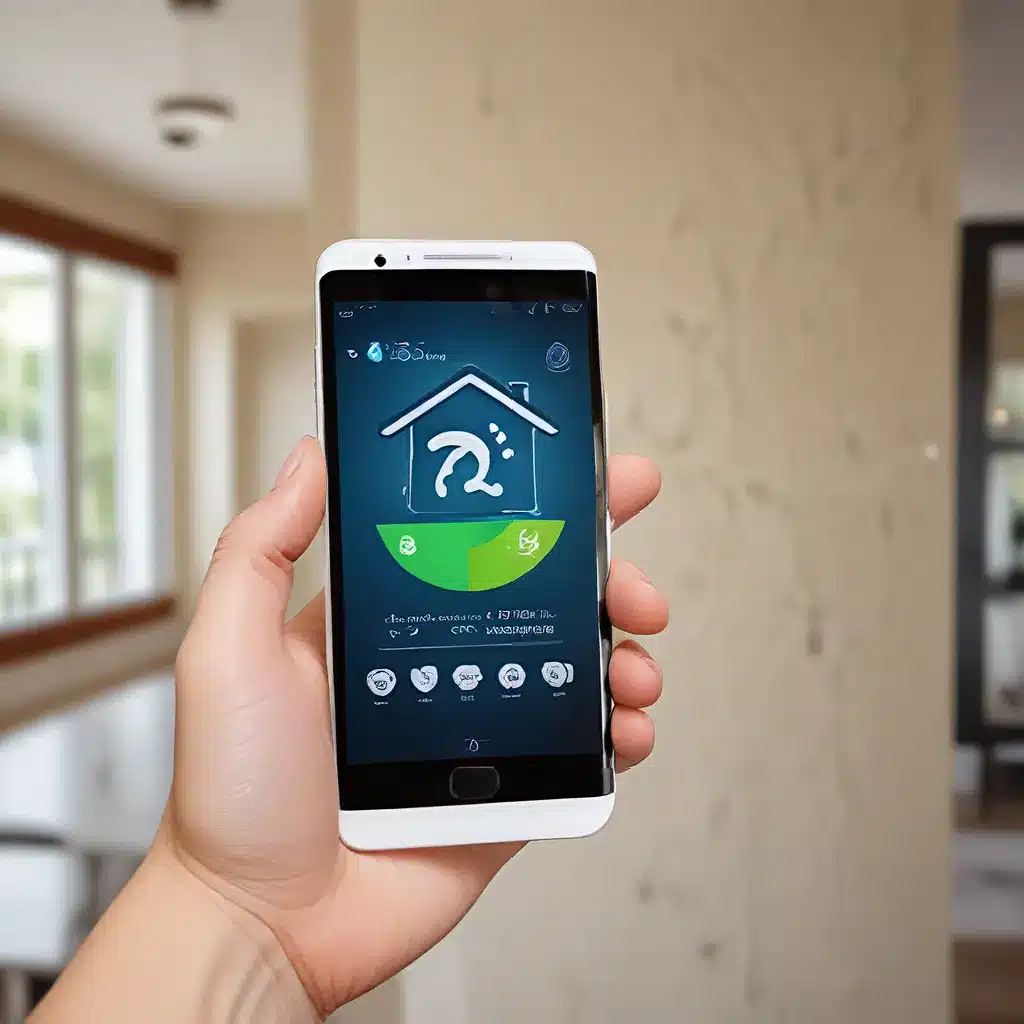
In today’s fast-paced, tech-driven world, it’s no surprise that our homes are getting smarter. From voice-controlled assistants to automated lighting and security systems, the smart home revolution is in full swing. But did you know that these advancements in home technology can also help you save money on your energy bills? That’s right, folks – smart home technology isn’t just about convenience and cool gadgets; it’s also a surefire way to boost your energy efficiency and reduce your carbon footprint.
As an energy-conscious homeowner, I’ve been exploring the world of smart home solutions for a while now, and let me tell you, the cost-saving potential is nothing short of mind-blowing. Sure, the initial investment in smart home tech might seem a bit daunting, but trust me, the long-term energy savings and environmental benefits make it a no-brainer.
The Power of Smart Thermostats
Let’s start with the star of the smart home energy efficiency show: the smart thermostat. These nifty little devices are like the Swiss Army knives of home temperature control. They don’t just let you adjust the temperature from your smartphone – they actually learn your habits and optimize your energy usage based on your daily routines.
According to the ENERGY STAR program, smart thermostats that have earned their certification “go through an independent certification process that verifies energy savings based on extensive field data.” And let me tell you, the savings can be substantial. Some of the first ENERGY STAR-certified smart thermostats, like Nest, ecobee, Carrier/Bryant, and EcoFactor, have been shown to help homeowners save up to 30% on their heating and cooling costs.
But the benefits of smart thermostats go beyond just cutting your utility bills. They also provide real-time insights into your home’s energy usage, allowing you to identify areas for improvement and make informed decisions about how to optimize your HVAC system. And with features like geofencing, which automatically adjusts the temperature based on your location, you can say goodbye to the days of heating or cooling an empty house.
Lighting the Way to Savings
Smart home technology doesn’t stop at thermostats, though. Smart lighting is another area where you can score some serious energy savings. ENERGY STAR-certified smart light fixtures and bulbs use 90% less energy than traditional incandescent bulbs, and they have a 15x longer lifespan. That’s a double whammy of savings – both on your energy bills and on replacement costs.
But the real magic happens when you integrate your smart lighting with other smart home devices. Imagine being able to remotely control your lights from your smartphone, or setting them to automatically turn on and off based on your presence in the room. No more accidentally leaving the lights on when you leave the house, and no more stumbling around in the dark when you get home.
The Smart Home Ecosystem
Of course, smart thermostats and lighting are just the tip of the iceberg when it comes to smart home technology. The ENERGY STAR Smart Home Energy Management Systems (SHEMS) program recognizes smart home systems that go beyond the basics, incorporating ENERGY STAR-certified appliances, EV chargers, and even smart home security systems.
By integrating all these devices into a cohesive smart home ecosystem, you can take your energy efficiency to the next level. Imagine your smart refrigerator automatically adjusting its temperature based on your usage patterns, or your smart washing machine coordinating with your smart thermostat to optimize its energy consumption. The possibilities are endless, and the savings can really add up.
Overcoming the “Smart Home Hesitation”
I know what you’re thinking: “This all sounds great, but I’m not exactly a tech whiz. How do I even get started with this smart home stuff?” I hear you, and I was in the same boat not too long ago. But trust me, the learning curve isn’t as steep as you might think.
Many utility providers and home security companies now offer ENERGY STAR-certified smart home packages that take the guesswork out of the equation. All you have to do is reach out to them and let them know you’re interested in upgrading your home’s energy efficiency. They’ll walk you through the process, help you choose the right smart home devices, and even handle the installation.
And if you’re feeling a bit more adventurous, there are plenty of online resources and DIY tutorials to help you get started. The Trane website, for example, has a wealth of information on how smart thermostats can save you money and energy. Plus, with the ever-evolving world of smart home tech, you can be sure that the learning curve will continue to flatten as these solutions become more and more user-friendly.
The Future of Smart Home Energy Efficiency
As exciting as the current state of smart home technology is, I can’t help but wonder what the future holds. The White House has announced a new Climate Smart Buildings Initiative, which aims to leverage public-private partnerships to modernize federal buildings and cut greenhouse gas emissions by a staggering 28 million metric tons annually by 2030.
This kind of large-scale, government-backed push for smart home energy efficiency is a clear sign that the future is bright for homeowners looking to save money and the planet. And who knows, maybe one day we’ll even see smart home devices that can communicate with the power grid, automatically adjusting our energy usage to take advantage of off-peak pricing or renewable energy sources.
The bottom line is this: smart home technology isn’t just a fad; it’s a game-changer when it comes to energy efficiency. So why not dive in and start reaping the rewards – both financial and environmental? Your wallet and the planet will thank you.

